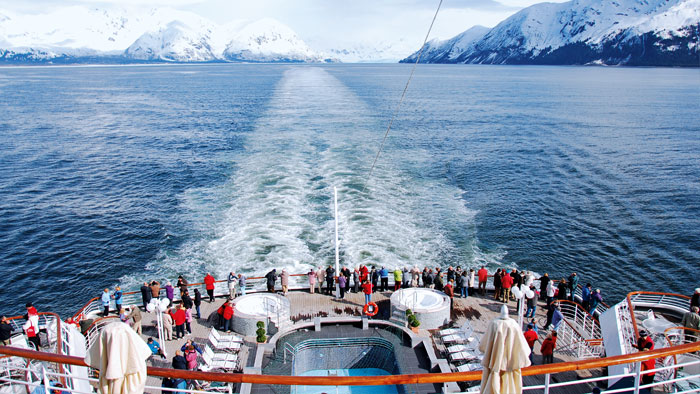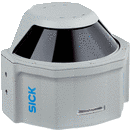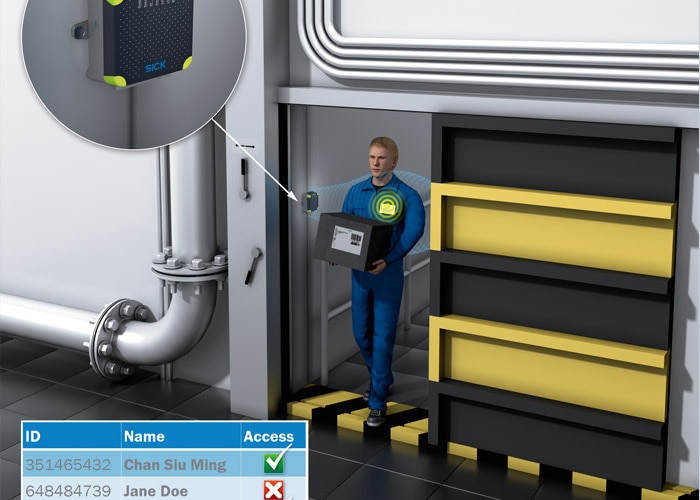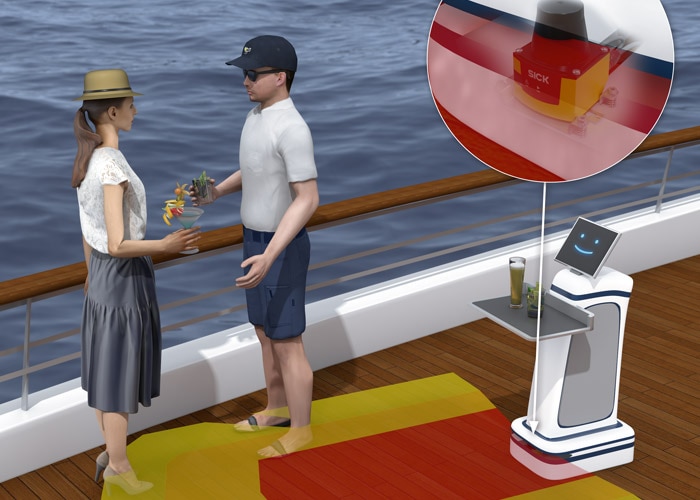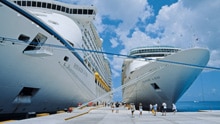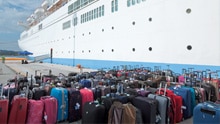Cruise on the sea: the right equipment for increased safety
Aug 21, 2023
It is said that the most dangerous time on a cruise ship is the arrival and departure rather than the cruise itself. Therefore, safety standards on board are high.
Today the third and last part of our three-part series on cruises with the focus on "The right equipment for increased safety":
Statistically, cruise ships are one of the world’s safest transport methods. These ships are subject to high safety requirements right from the beginning of their construction, and the standards for their subsequent operation are extremely demanding. Many ship owners go one step further when it comes to safety on board and also use sensors for this.
However, it can nevertheless happen that, despite all safety measures, a passenger goes overboard. Video cameras often monitor the ship’s outdoor areas, but do not trigger any alarms. This can easily be changed by installing
MRS6000 3D LiDAR sensors. The sensor scans a defined area around the ship. If a person falls into the sensors’ multi-layered scan area, the crew is immediately notified by an alarm. Using the video recording, crew members can quickly take targeted measures. The intelligent
MRS6000 sensors blank spray, waves, and birds, thereby preventing faulty alarms.
LiDAR sensors
3D LiDAR sensor with multilayer technology and large vertical aperture angle
MRS6000
“Man overboard” detection with MRS6000 3D LiDAR sensors.
“Man overboard” detection with MRS6000 3D LiDAR sensors.
Another safety-relevant area is access control. So that only authorized people can access the corresponding areas, the RAM security system from SICK reads people’s transponders and only permits access to those who are authorized. The system automatically identifies without contact based on electromagnetic waves. Thanks to the RFID system’s large scanning range, persons are detected in advance and doors open at the right time. This protection can also be used, for example, on the bulkheads of machine rooms or at the entrance to the bridge.
Non-contact access control for access-restricted areas with RFID.
Non-contact access control for access-restricted areas with RFID.
The TiM781S 2D LiDAR sensor is the perfect choice for facilitating the navigation of service robots on the decks of ships. With its combination of a protective field evaluation function and reliable measurement data streaming, the sensor makes non-contact person and object detection possible. As a result, the robots are basically continuously available, can dynamically respond to changes, and flexibly adjust their route based on their environment. This allows for around-the-clock service for passengers in bars, restaurants or on the pool deck, for example. Drinks can be ordered from the bar via an app and the robot brings the order directly to the correct guest.
Safety laser scanners
Safety-related sensors for mobile and stationary applications
TiM-S
A service robot equipped with the TiM-S.
A service robot equipped with the TiM-S.
There are many options for intelligently supporting ship operation. There are thousands of possible application scenarios on a cruise ship. SICK’s portfolio comprises more than 40,000 sensors and solutions.
Read the other parts of our series on cruises:
Please wait a moment...
Your request is being processed and may take a few seconds.
